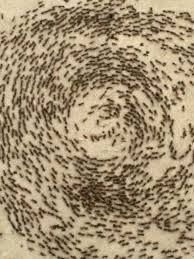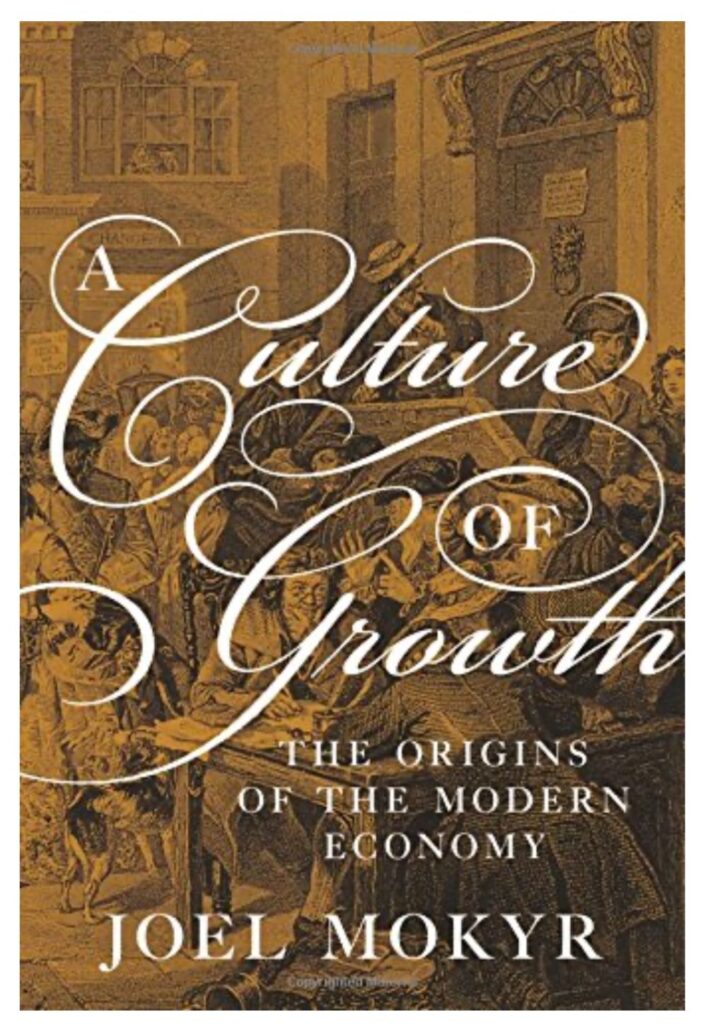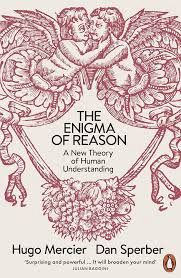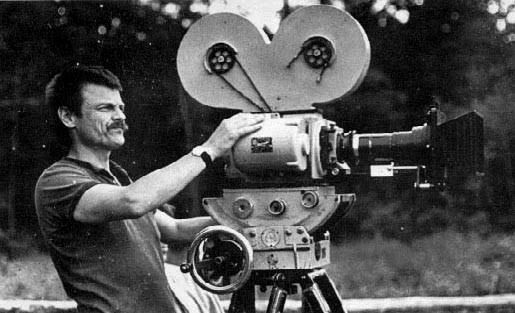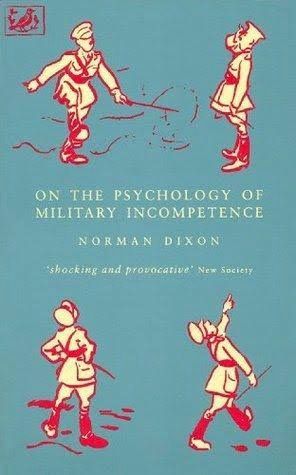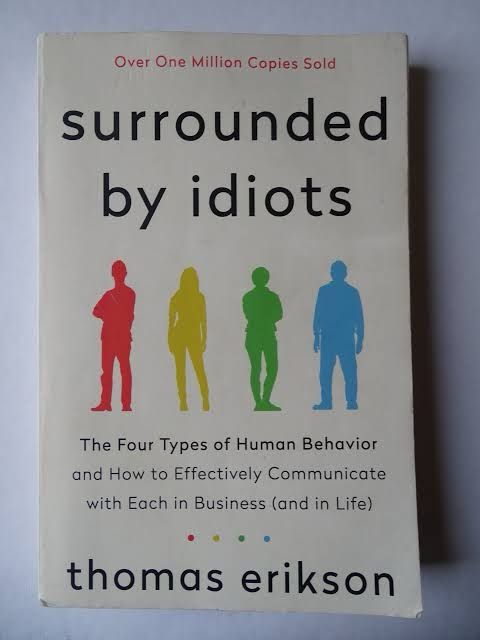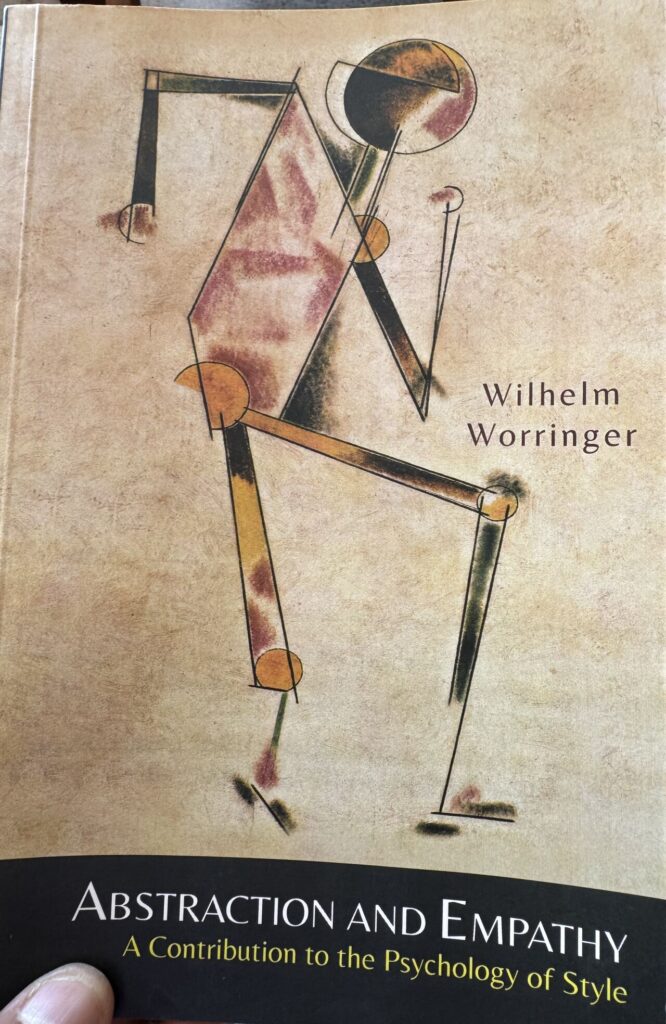Every picture is a piece of the inside of ourselves
“We become very impressed when we get to look inside ourselves, through pictures. That’s the relationship we have with pictures. Every picture is a piece of the inside of ourselves.” – Oliviero Toscani Oliviero Toscani born 28 February 1942 – passed away on 13 January 2025. He was a master of photographic moment, impact and visual shock. I admired his work even though much of it was controversial. He was the single biggest force behind creation of the brand Benetton He once said “Everybody in advertising content is blonde, beautiful, families are happy,cars are never in traffic, everything is shiny, food looks like it’s incredibly tasteful. I ask myself, “How stupid are we? How come the world is going one direction and advertising is going in a completely different direction?” This is an article about him that I wrote earlier last year. RIP Oliviero Toscani.
Every picture is a piece of the inside of ourselves Read More »


